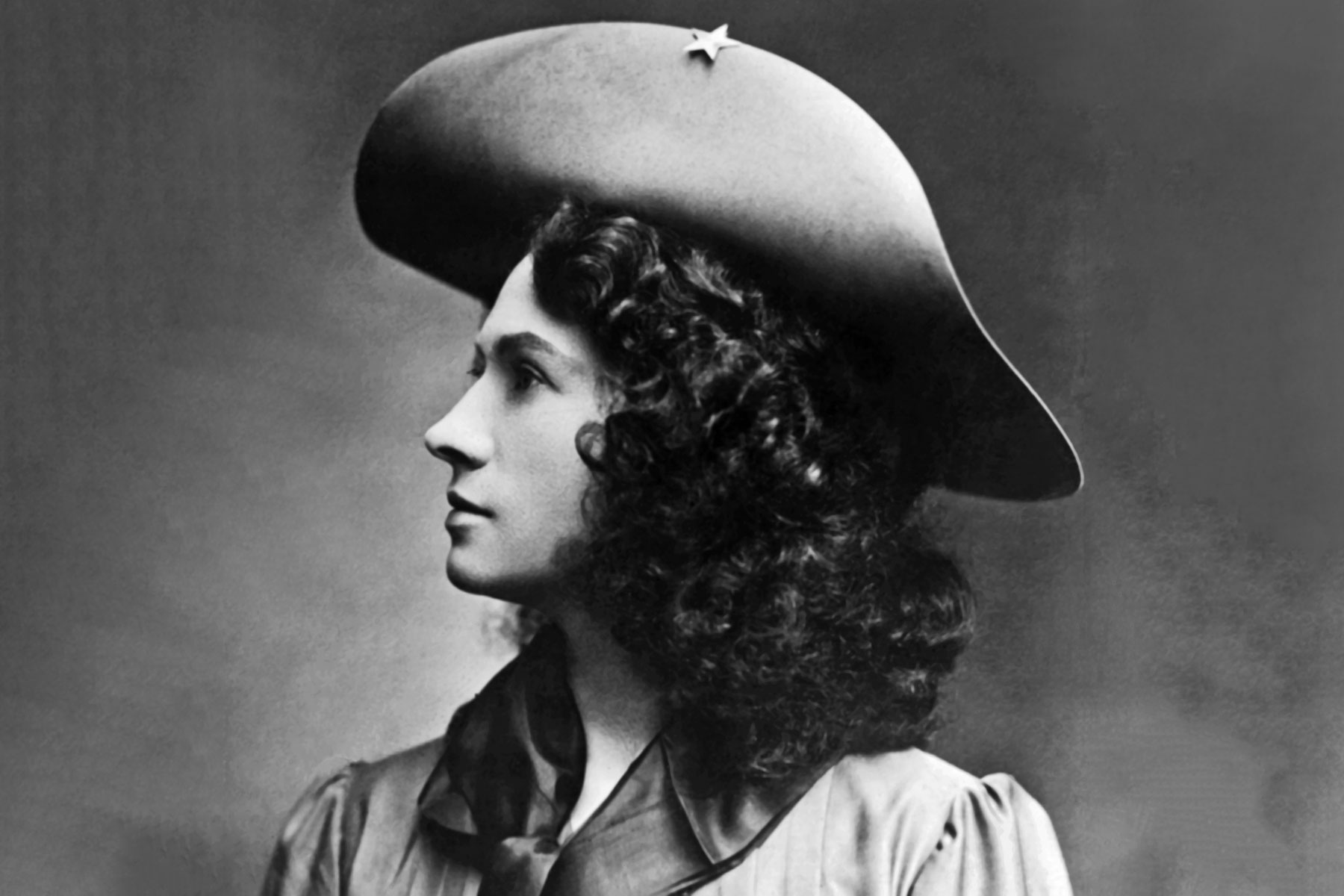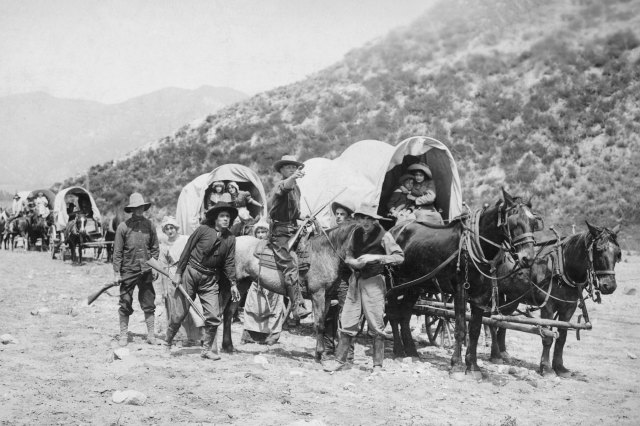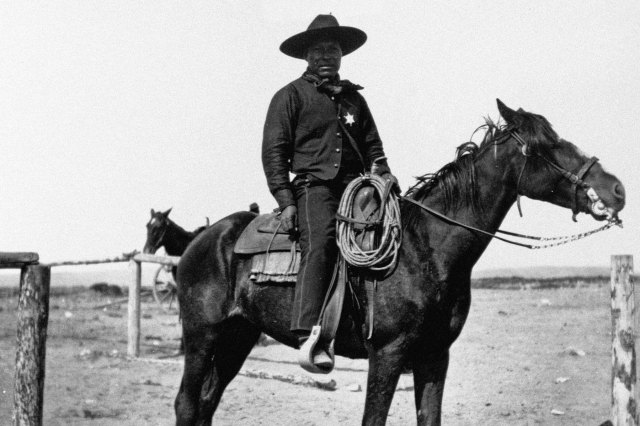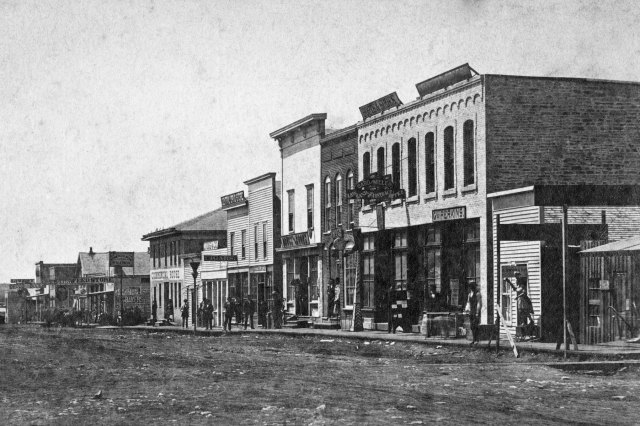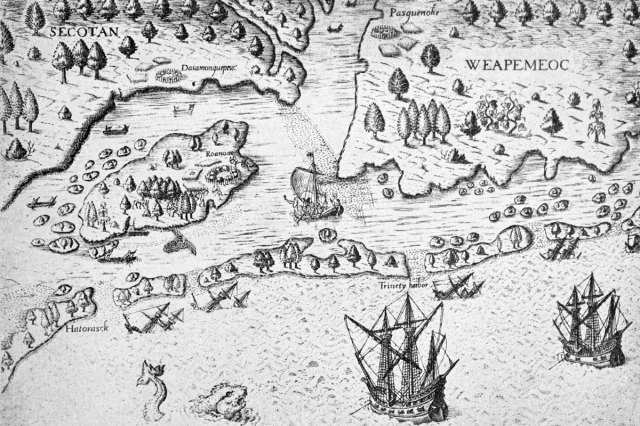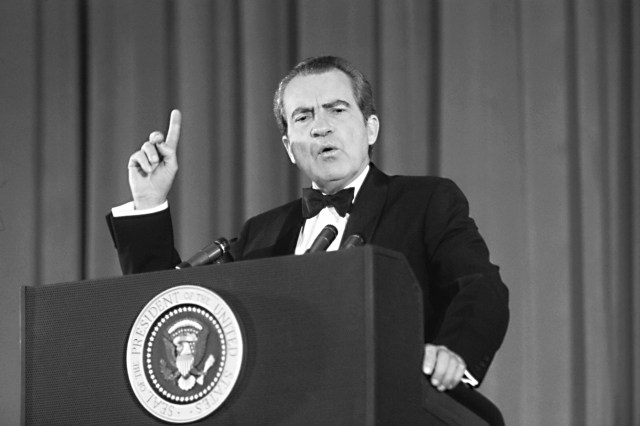7 Myths About the “Wild West”
Few periods in American history have been more romanticized than the era of the “Wild West.” The period began with the first European colonial settlements in North America during the early 17th century, but what can be regarded as the classic era of the Old West — with its cowboys, gunslingers, prospectors and outlaws — stretched from around the 1850s to the early 1900s. Dime novels and Western movies created a frontier myth in which rugged men rode out to conquer a barren landscape and fight “bad guys,” and the image became a popular and enduring part of American culture, despite the many historical inaccuracies involved.
As a testament to the power of this mythmaking, many ideas and iconic images associated with the Old West are still widely accepted today, despite being factually incorrect. Here are seven of the most common misconceptions, debunked.
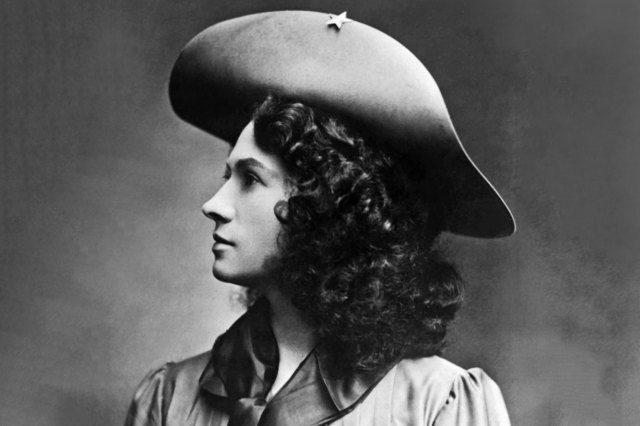
Myth: Wild West Cowboys Wore Cowboy Hats
Nothing says “cowboy” more than a classic cowboy hat. But the Stetson didn’t come onto the market until 1865, and the original hat didn’t look like the iconic Stetsons we know today (it had a high top and was missing the crease in the crown typical of cowboy hats). A more common choice among Old West cowboys was the derby hat, also known as the bowler hat, partly because it didn’t blow off easily in strong winds or while riding a horse. Many famous cowboys and outlaws, including Butch Cassidy, the Sundance Kid, Black Bart, and Billy the Kid, wore bowler hats.





